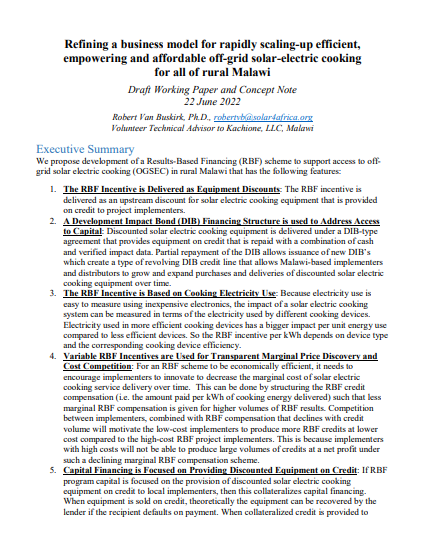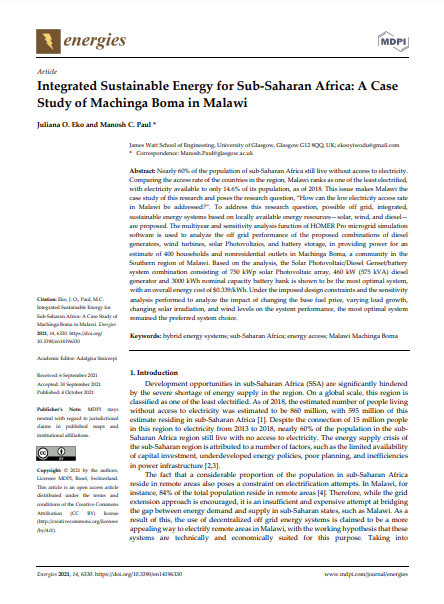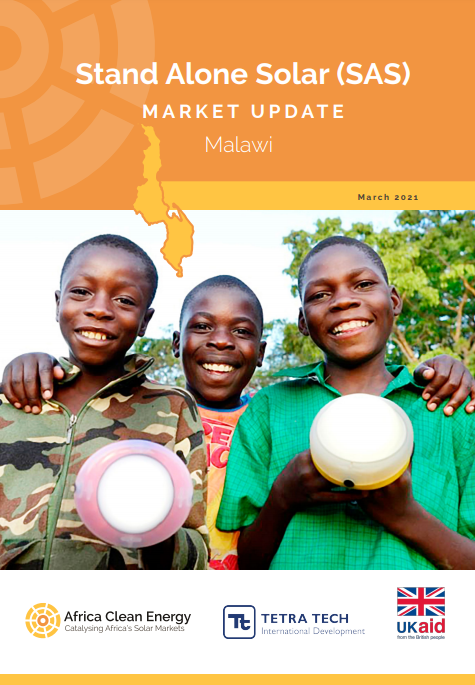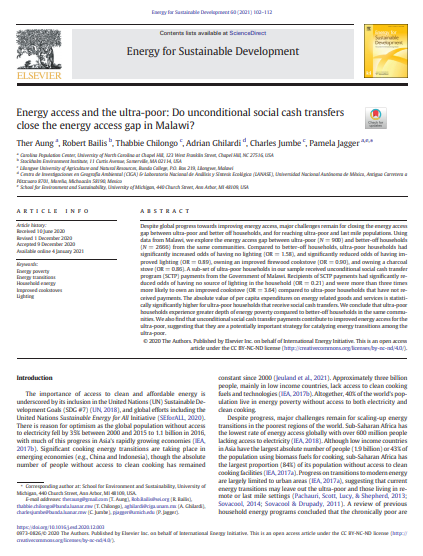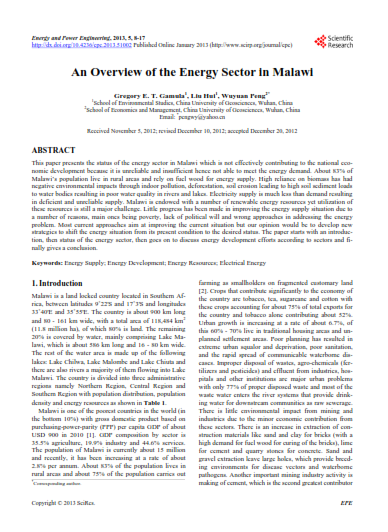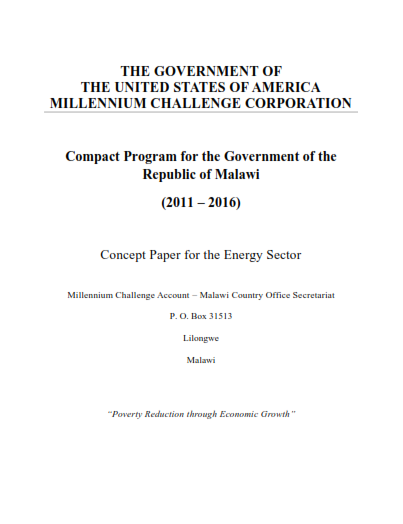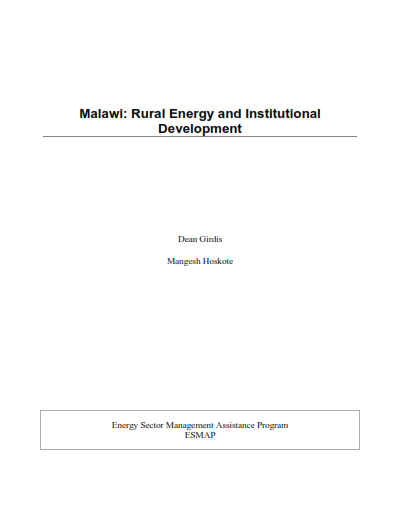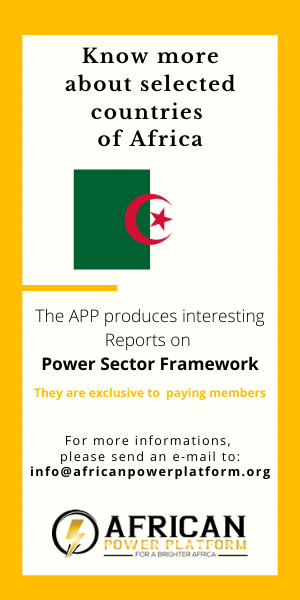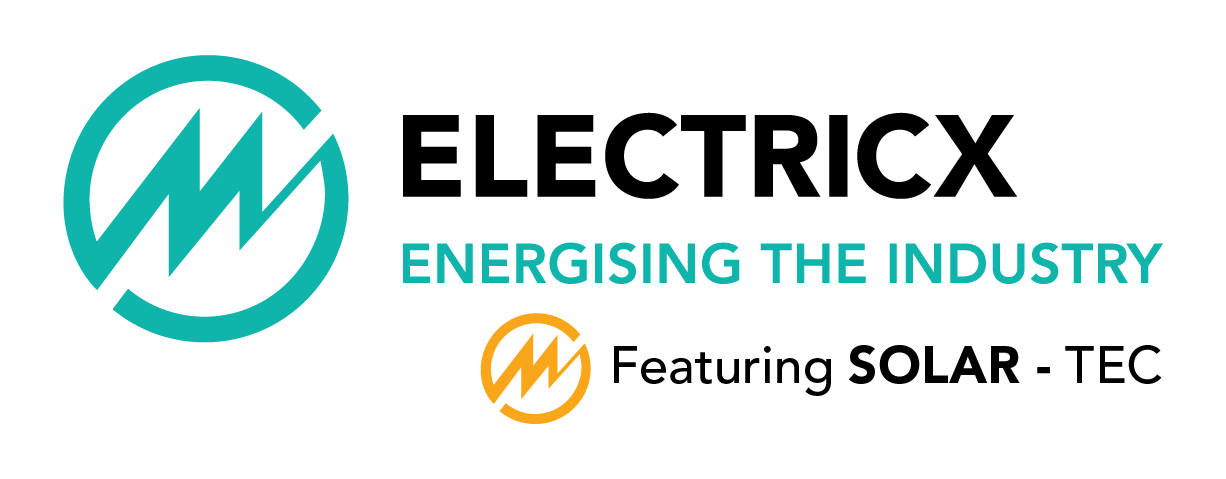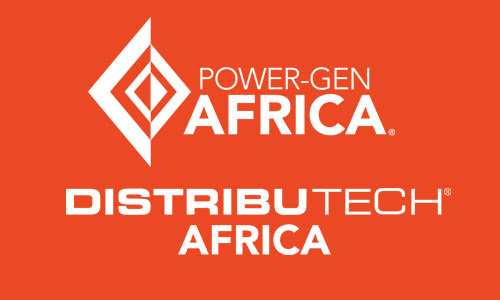Publication date: April 2025
Author: IRENA
Description: Malawi'’s agricultural sector is critical to its economy, employing around 77% of the population and accounting for 23% of gross domestic product (GDP). The majority of workers in agriculture are smallholder farmers, many of whom cultivate less than one hectare of land. Despite its importance, the sector faces significant challenges, including low productivity, limited mechanisation, and vulnerability to climate change. The sector is also hampered by limited access to reliable, modern energy solutions, which hinder productivity and quality improvements. Many rural communities still rely on traditional fuels and manual labour, further reducing the sector's potential.








